
RFID has been around for years in the retail space — in fact, I’ve been writing about RFID in retail since as early as 2012 — with more recent articles focusing on the adoption trends at Nike and Walmart. As I discussed in January this year, the pandemic has become an accelerator of RFID adoption in retail with stores taking a central role with online orders fulfillment.
Accurate inventory has been a challenge for retailers for some time. According to a 2020 IHL Group report, inventory distortion worldwide is a $1.8 trillion problem or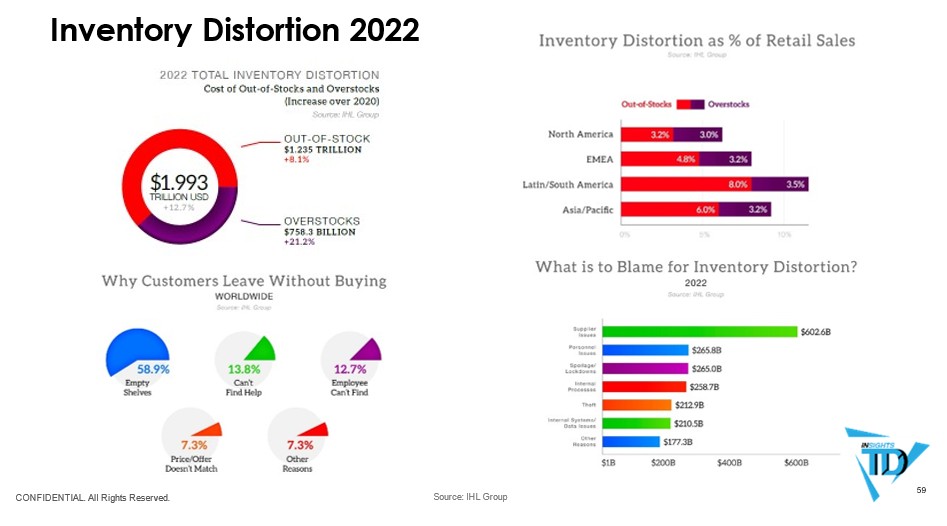 the equivalent of 10.3% of same store sales in retail and hospitality. “Or to put it another way, more than the annual GDP of Canada.”
the equivalent of 10.3% of same store sales in retail and hospitality. “Or to put it another way, more than the annual GDP of Canada.”
RFID is one of three very important technologies that play a key role in addressing the problem of inventory distortion. While apparel has led the charge in the adoption of RFID technology for inventory control, other retail sectors are quickly expanding their activities. As summarized by IDTechEx, note the trajectory of UHF/RAIN RFID labels in retail in the last several years.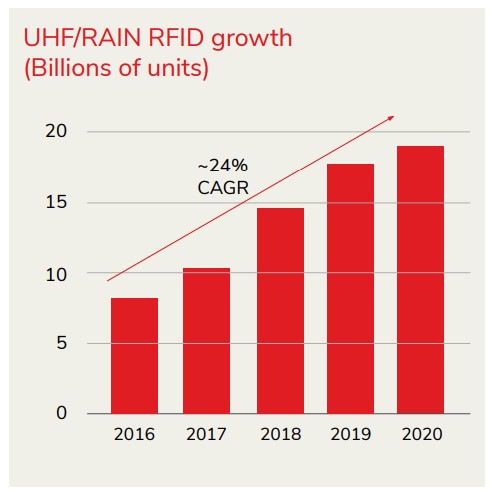
North America leads the trend of RFID adoption with 93% of retailers reporting that they use RFID in various stages of deployment. Positive to see that other markets around the world are also accelerating their deployment rates. By looking at the rate of full adoption of RFID, rather than just piloting or implementing, North America, Europe, and Asia-Pacific have all seen substantial increases in the use of RFID since 2018.
More adaptive retailers are discovering new applications of RFID, such as streamlining omnichannel offerings like BOPIS (buy online, pick up in-store) and improving supply chain visibility and self-checkout. In the past two years alone, the omnichannel options retailers offer have increased significantly, with 66% of RFID adopters and piloters offering five or more services, like BOPIS, ship from store, ship to store, reserve in-store, mobile app purchasing, and home delivery.

Why RFID is the Next (and Current) Big Thing
A challenge for RFID adoption trends has been its lack of focus on finding the “killer app” to drive its growth. The most successful deployments focus first on addressing inventory visibility. Loss prevention is also now emerging as an important application in the creation of intelligent security solutions.
The pandemic has become a brutal accelerator of digital transformation trends that were already underway. Omnichannel (or more appropriately, harmonious) retail strategies to meet the needs of consumers on all sales channels — online, at the curb, in physical stores — became a priority to survival. RFID extended retailers’ visibility of merchandise across the enterprise and stores joined distribution centers to meet ever changing consumer demands.
For those retailers that invested in these technologies at the pre-pandemic critical time, RFID has substantially bridged the gap between the physical and digital worlds. By tagging each item with an RFID tag, retailers gain item-level visibility of their operations, allowing store associates to simply look up a product on a mobile device, locate it on the store floor or in the stockroom, then bring it to a customer, or ship it to a nearby consumer that ordered it online, or inviting that shopper to pick it up at curbside. With this much data available literally in the palm of your hand, RFID makes it much easier for store associates to provide exceptional customer service.
As the adoption and application of RFID grows, so does its return on investment. According to data from Accenture, retailers that have fully adopted RFID reported more than 10% ROI, compared to 9.2% in 2018. Furthermore, when retailers “layer” their use cases, rather than using RFID for a single application, they see even greater ROI. Retailers that have enabled five or more omnichannel shopping experiences are seeing 20% higher ROI than retailers that have paired RFID with only four or fewer applications.
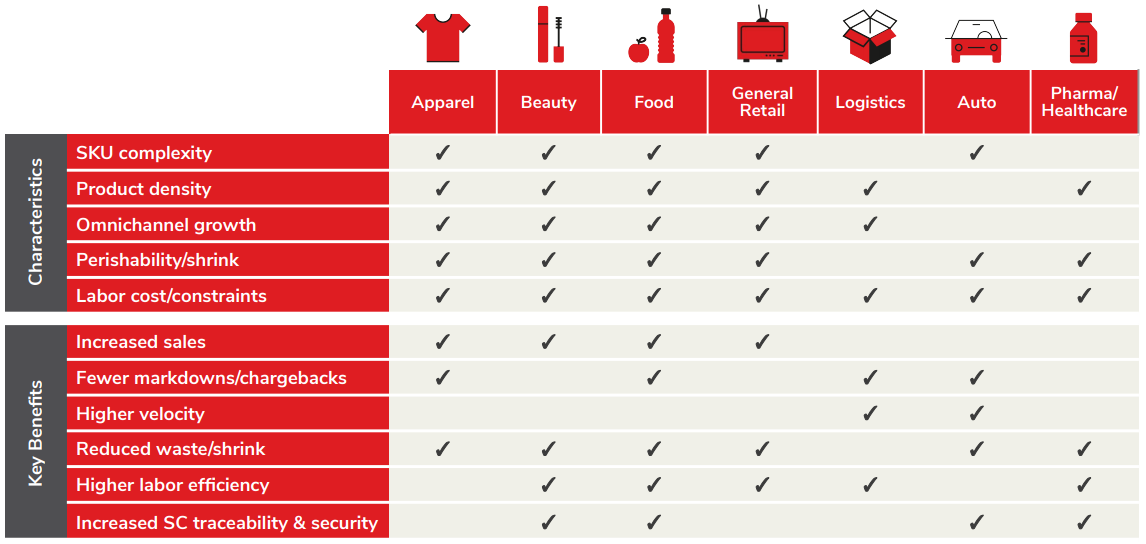
Source: Avery Dennison
Leveraging RFID to Improve Inventory Visibility
The $1.8 trillion inventory challenge discussed above was exacerbated by the pandemic. Lockdowns, misdirected inventory, and closed stores severely compounded challenges with inventory management. An estimated $570 billion in lost revenue has already been attributed to COVID-19 inventory distortion.
More industries, not just retail, have started to recognize that accurate inventory visibility is essential for success in the short and long term. Inventory visibility enables businesses to avoid frustrating challenges for their customers, such as shipment delays and out-of-stocks, while providing them with valuable information about consumer purchasing patterns so they can better predict future sales trends and make data-driven decisions for marketing, product development, and store layout.
While COVID-19 has increased the challenges retailers were already facing, the pandemic has also pushed retailers to adopt RFID on a much larger scale. According to research from Accenture, 46% of survey respondents started focusing on RFID in recent months, while an additional 24% responded that they are currently considering adding RFID to their operations. Furthermore, 87% of respondents reported that focusing on RFID enabled them to improve their omnichannel shopping experience during the pandemic.
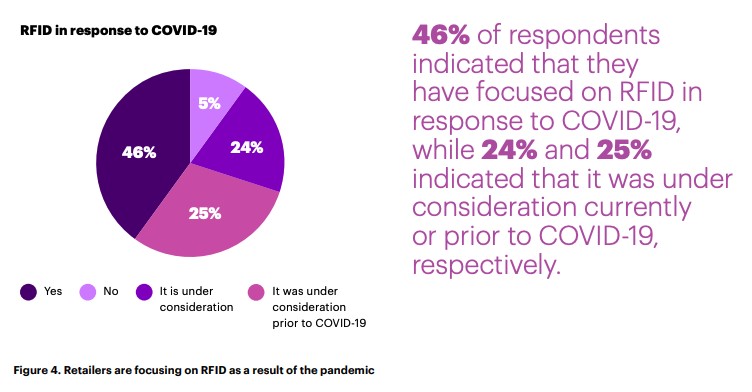
Research from McKinsey confirms that the retailer benefits from inventory tracking the most, by far. With RFID, retailers can implement automated inventory counting in real time, resulting in more accurate product-location information, improved stock information, and fewer out-of-stocks. In fact, starting with inventory management lays a solid foundation for the application of RFID in other areas, thanks to the focus on unit-level tagging and item-level inventory invisibility.
Athletic-apparel retailer Lululemon Athletica is one of the most successful applications of RFID in inventory management, which uses product-location information in their flexible omnichannel fulfillment model. By using RFID tags throughout its entire enterprise of nearly 500 stores, the retailer has 98% inventory accuracy. During the coronavirus pandemic, lululemon leveraged this data to manage their store inventory levels as consumer demands changed.
Streamlining Store Operations
RFID also has growing applications in store operations. Although these use cases aren’t as established as inventory management, RFID enables retailers to optimize store operations across their entire enterprise, from automated asset protection to efficient, accurate self-checkout.
Inventory tracking is the entry point to expanded operational improvement applications. For example, by tagging most or all of their items with RFID, retailers can also transition to RFID-based self-checkout systems. Rather than requiring that customers scan each item they want to purchase, retailers can use RFID readers to “scan” items all at once and even disable RFID security tags in mere seconds. This capability will reduce or possibly even eliminate long checkout lines while also addressing any theft associated with self-checkout.
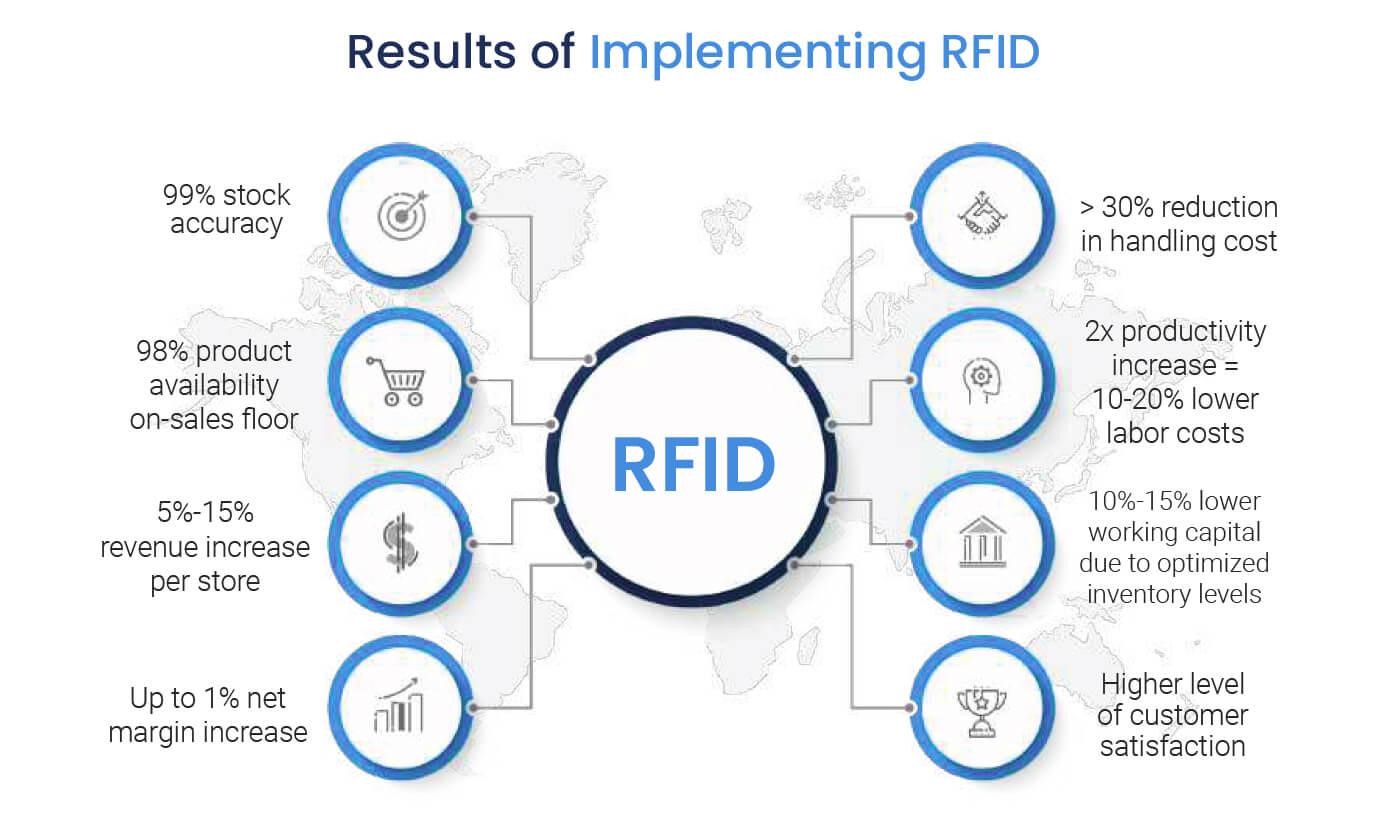
Source: Detego
Decathlon, a sports-equipment retailer with over 1,600 stores in more than 50 countries, tags more than 85% of their items, tripling labor productivity and cutting stockouts to raise revenue by 2.5%. The retailer is also testing RFID-based self-checkout as a scan-and-go solution in Europe, where shoppers can scan and pay for their items with their smartphones. As social distancing has become a widespread precaution during the COVID-19 pandemic, solutions that help customers avoid close contact with store associates and other shoppers have become increasingly popular.
Transforming the Customer Experience
On the horizon for RFID in retail is a personalized customer experience. Although the most valuable applications of RFID in retail today are in inventory control and store operations, retailers have even more possibilities with RFID beyond that. Rather than limiting RFID’s capabilities behind the scenes, retailers can use their RFID system to attract customers looking for a personalized shopping experience.
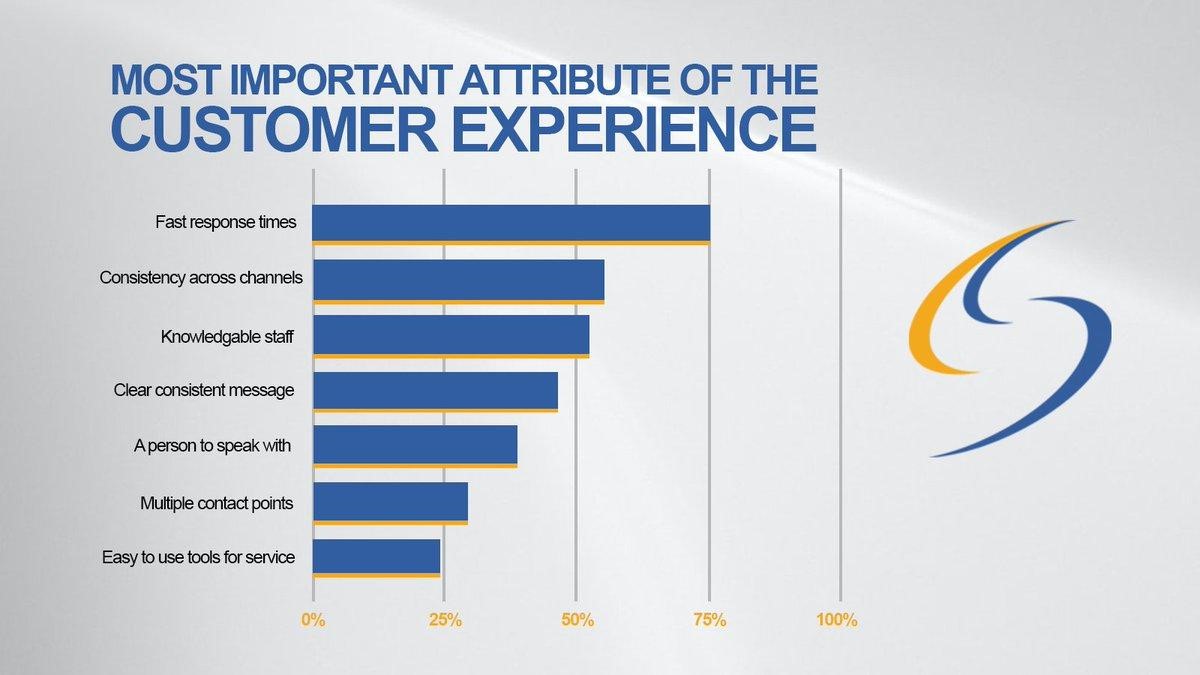
Source: Spencer Technologies
Some apparel retailers have started using RFID to create “smart” fitting rooms, where shoppers can get information about other sizes and colors in stock and receive personalized recommendations for other products that will complete a look. Chanel’s collaboration with Farfetch uses RFID-enabled fitting rooms to show shoppers new styles and product details without ever leaving the room. Retailers can also use RFID to collect valuable customer data, like how many items customers try on and conversion and abandon rates right down to the item.
In future articles I will also introduce the increased number of loss prevention solutions that are emerging from RFID that through the Internet-of-Things (IoT) connectivity will deliver intelligent automated solutions that will increase deterrence and reduce shrink.
Deploying RFID can be challenging without a highly organized focused senior executive supported approach. “For 25% of retailers we surveyed, pilots are taking longer than a year. It is an important time to consider taking an agile approach in which the organization can fail fast, test and learn, then adjust accordingly. As with most new technologies, adoption is not simple as it requires changes to store processes and there is much for associates to learn, but most retailers believe the benefits far outweigh the challenges.” The pandemic reminds you that the time to start is now.
















